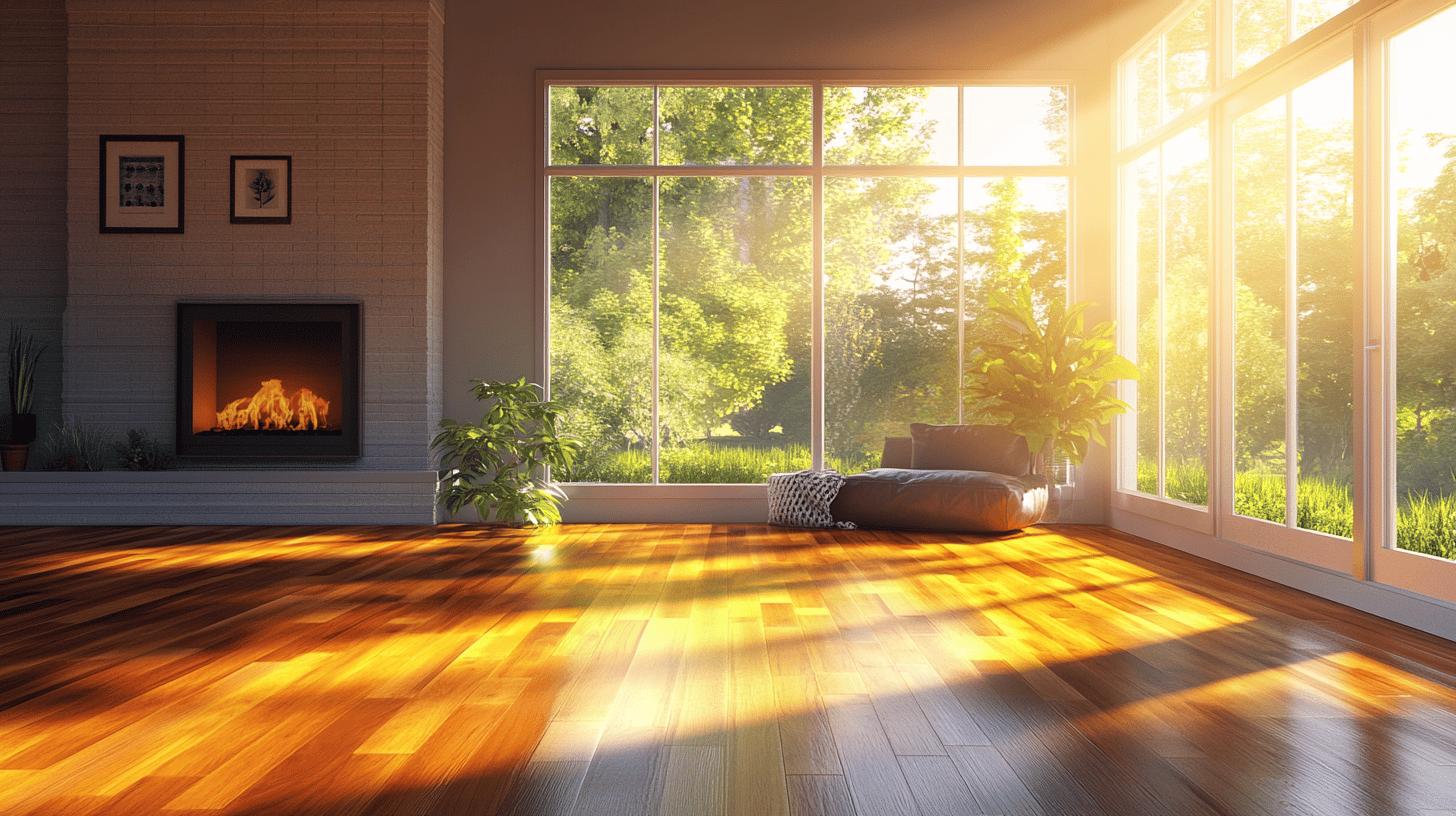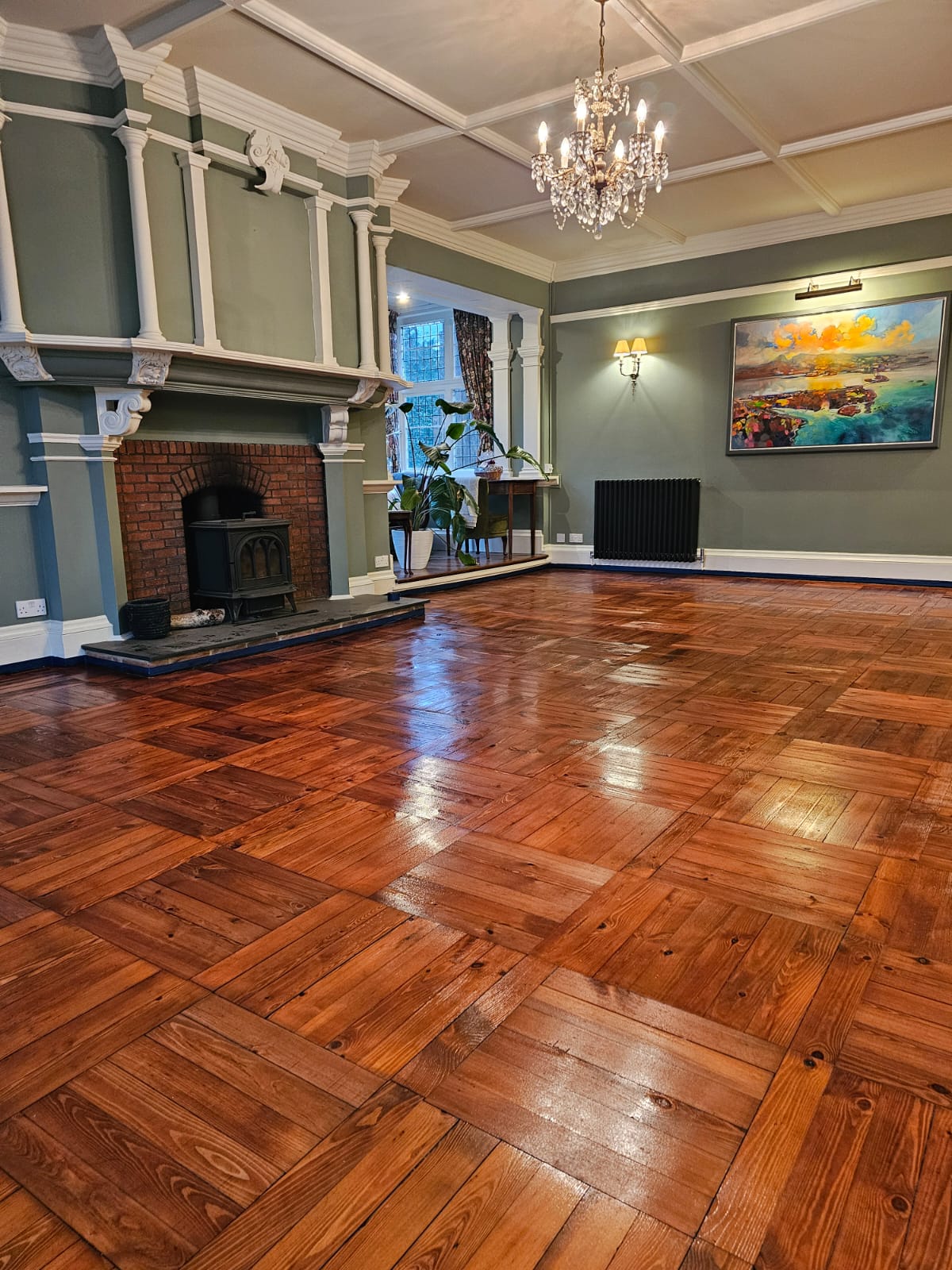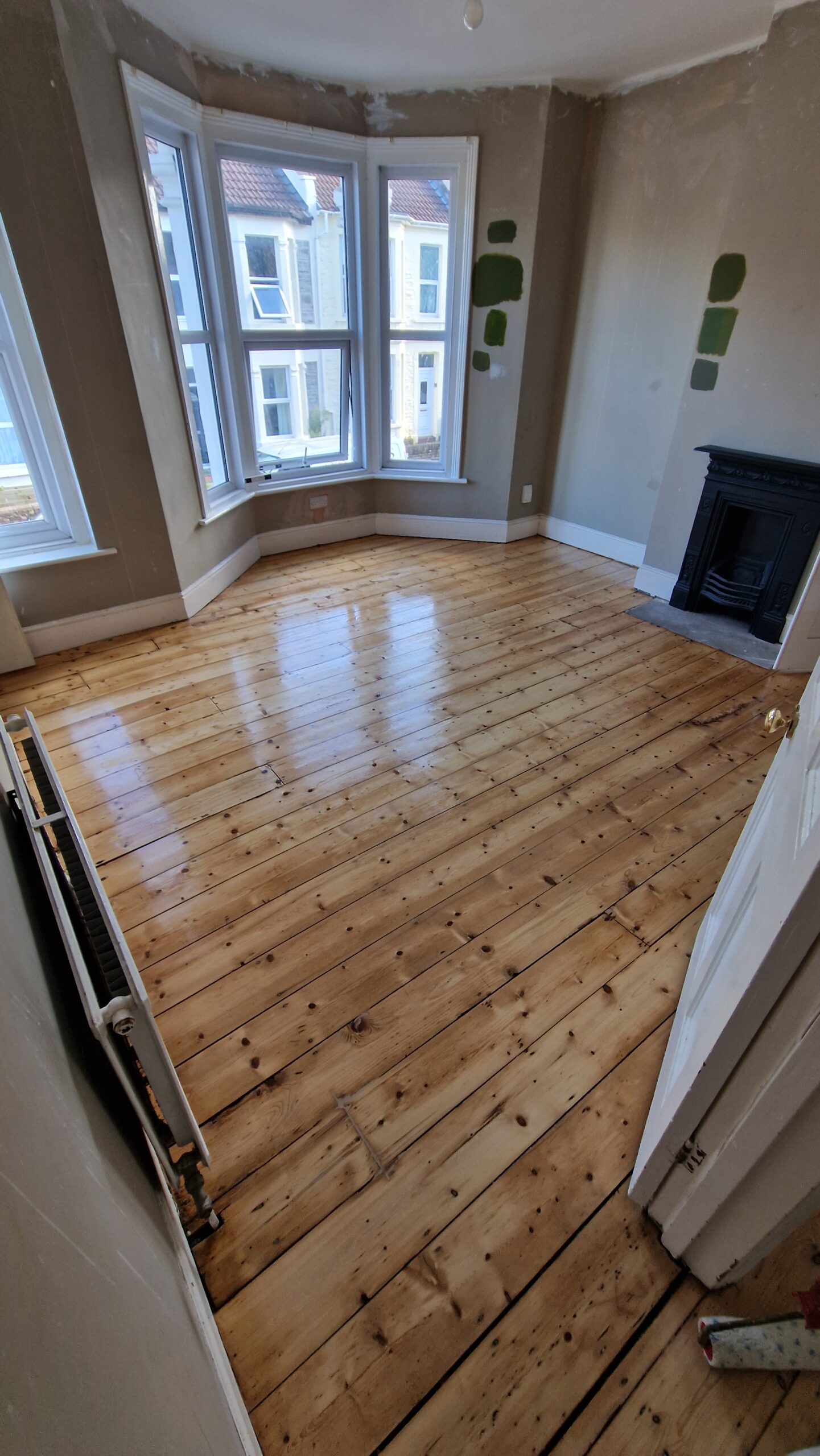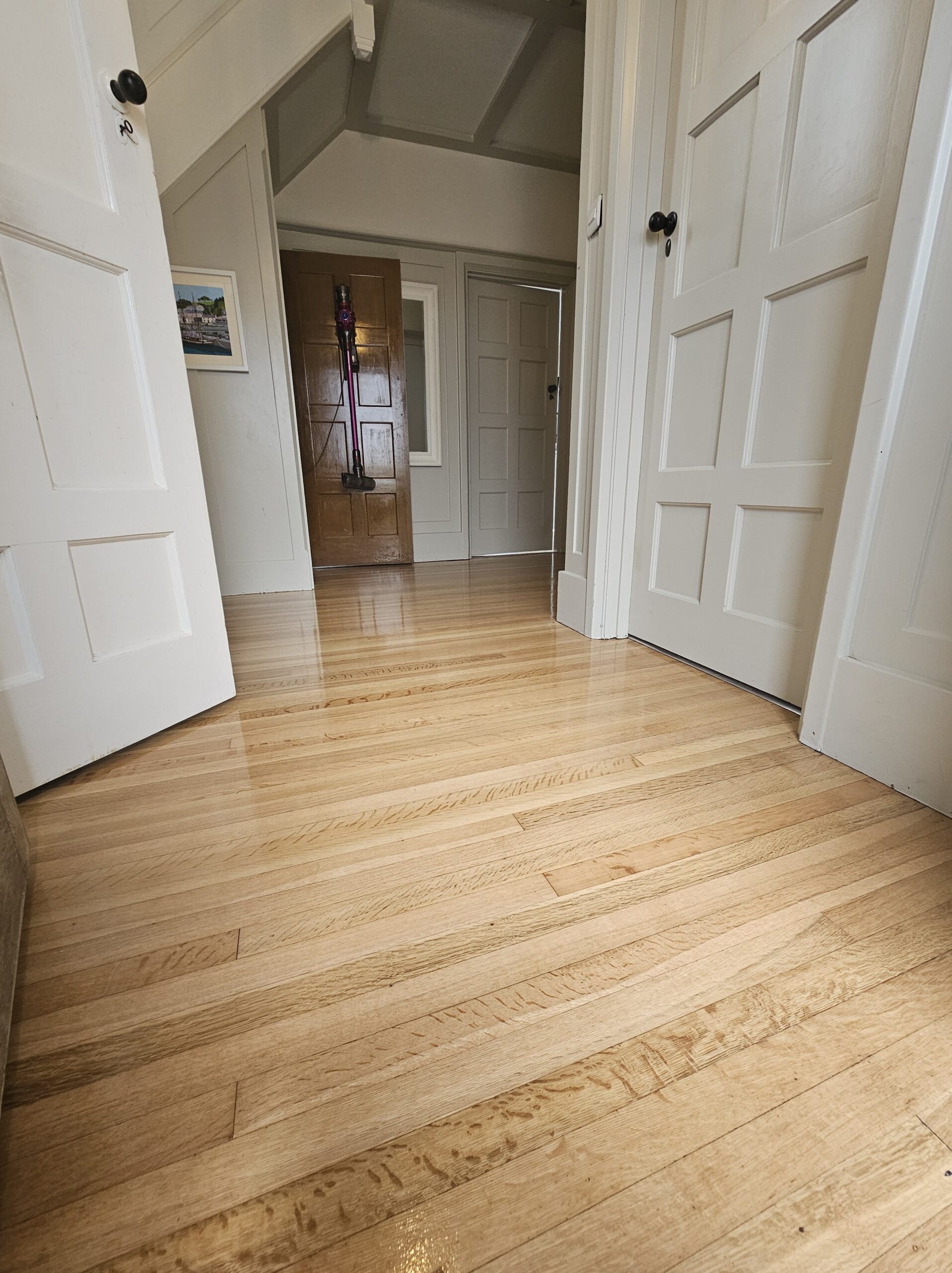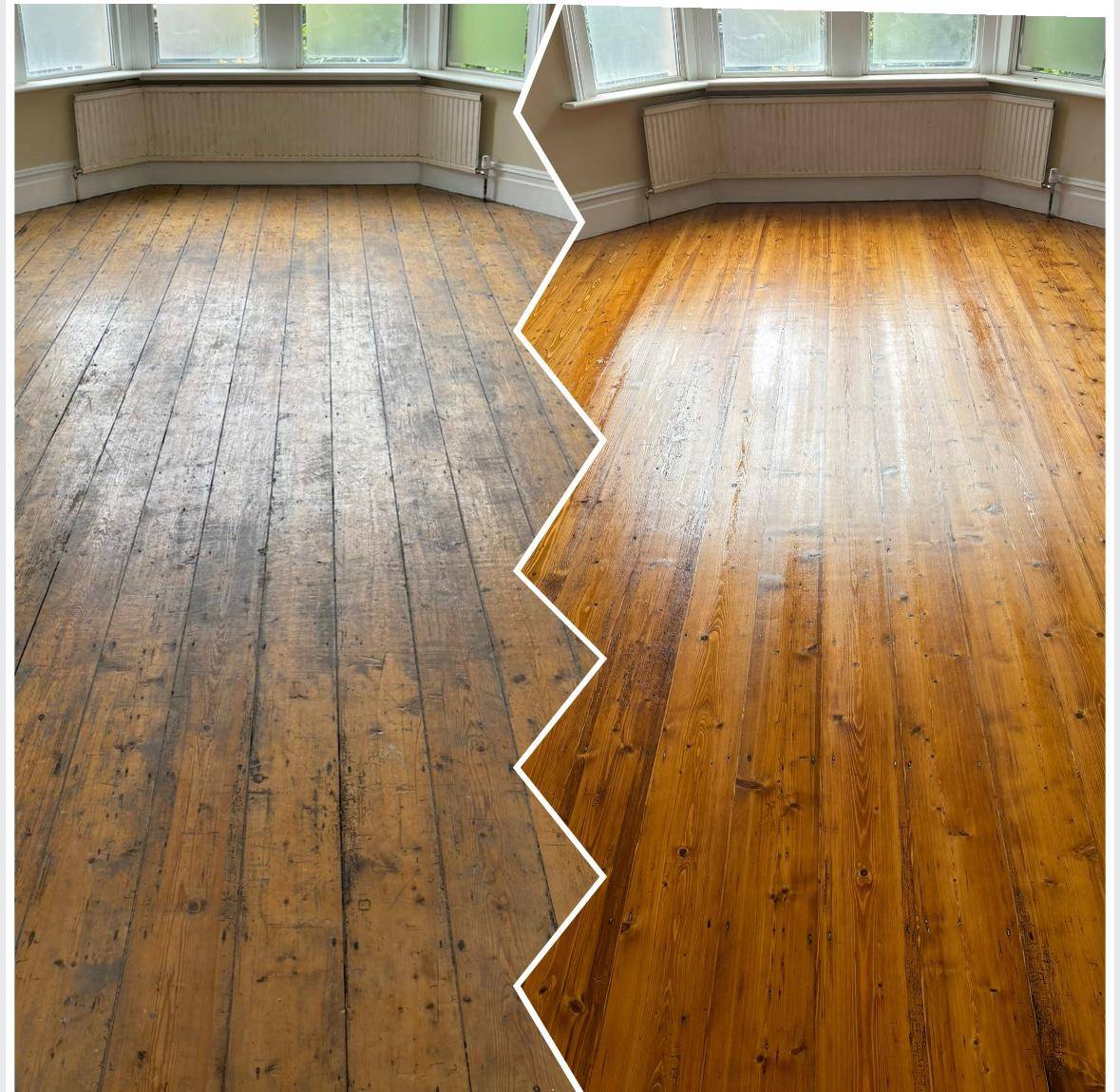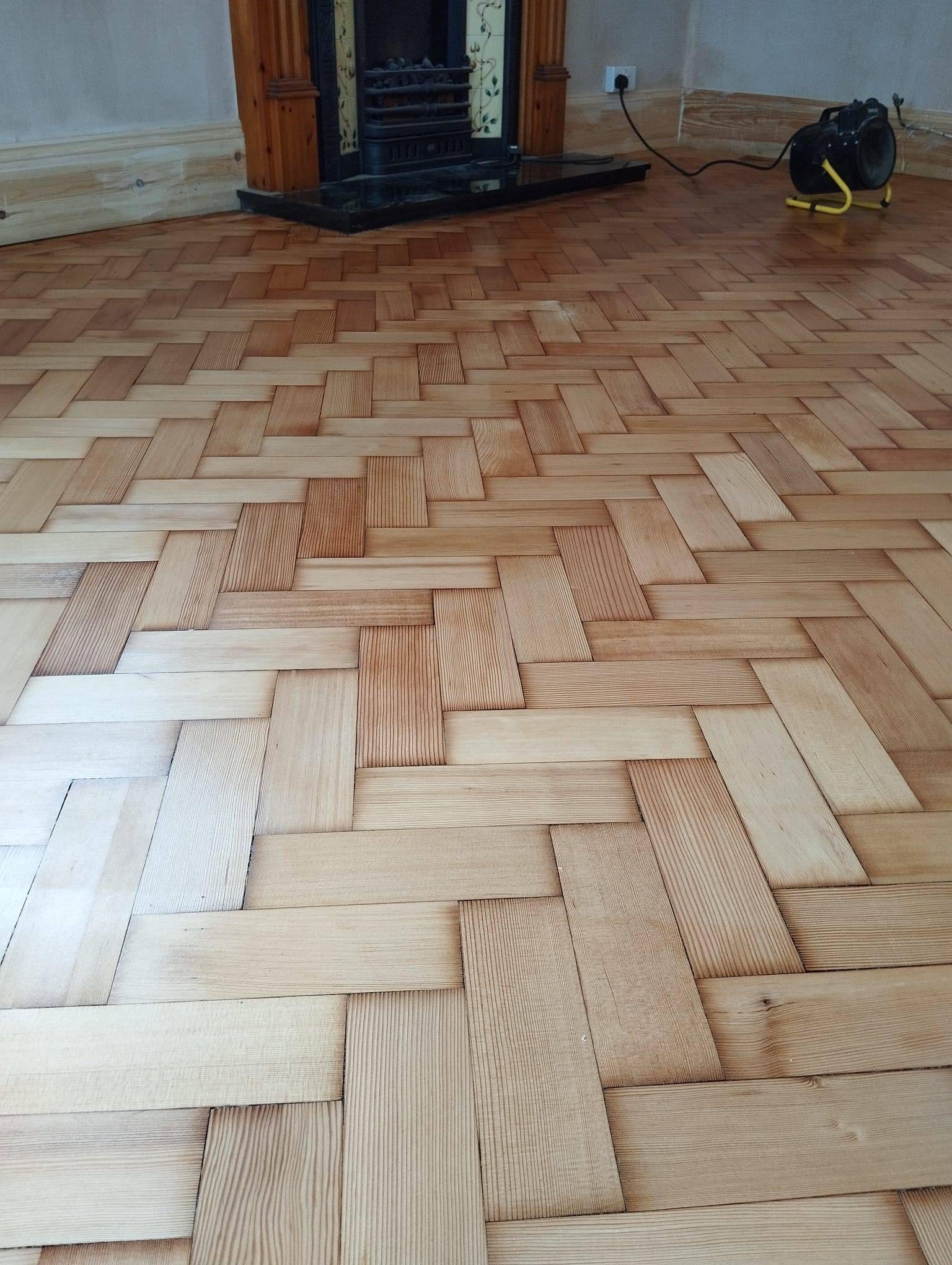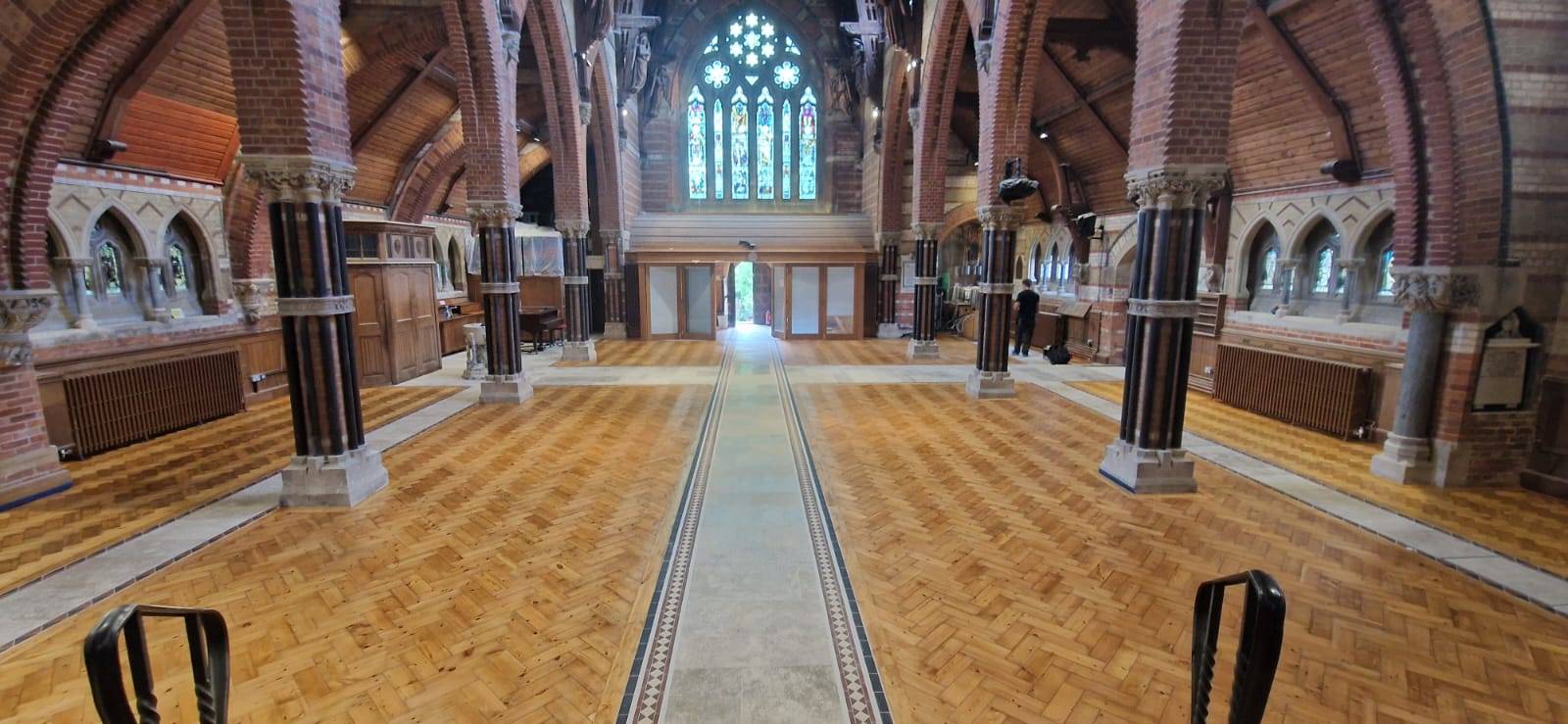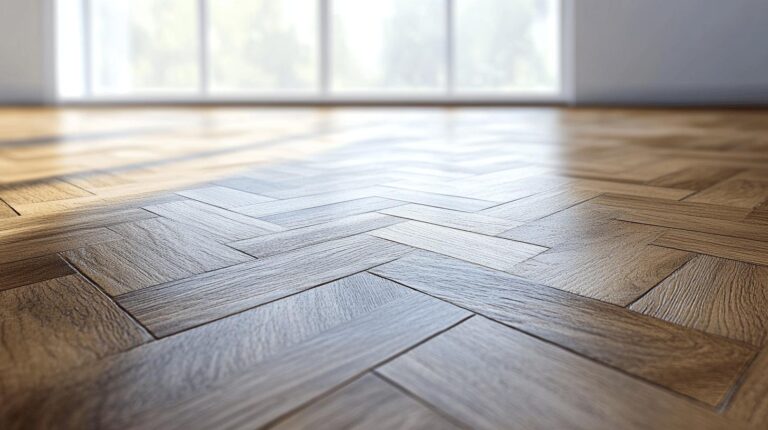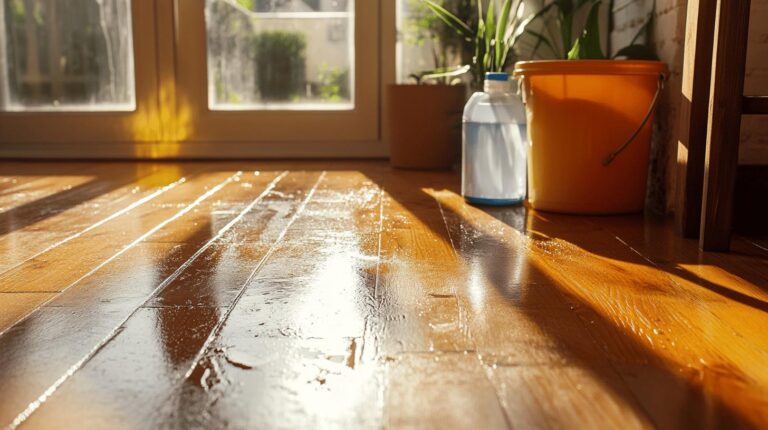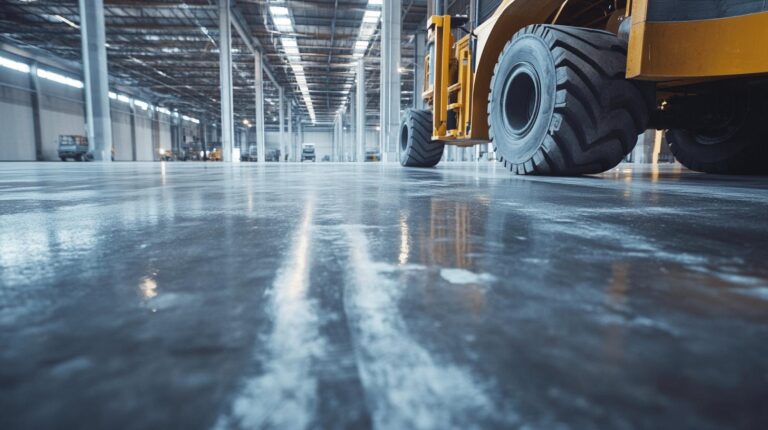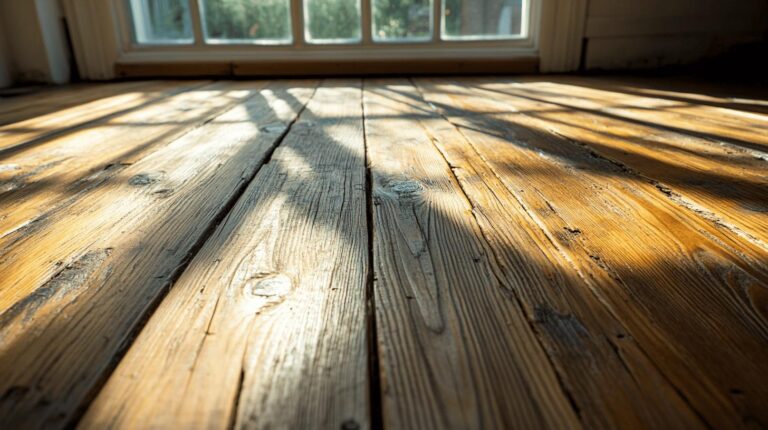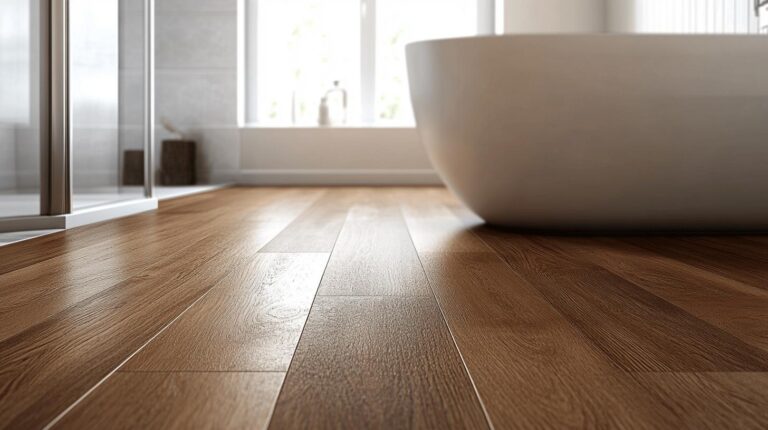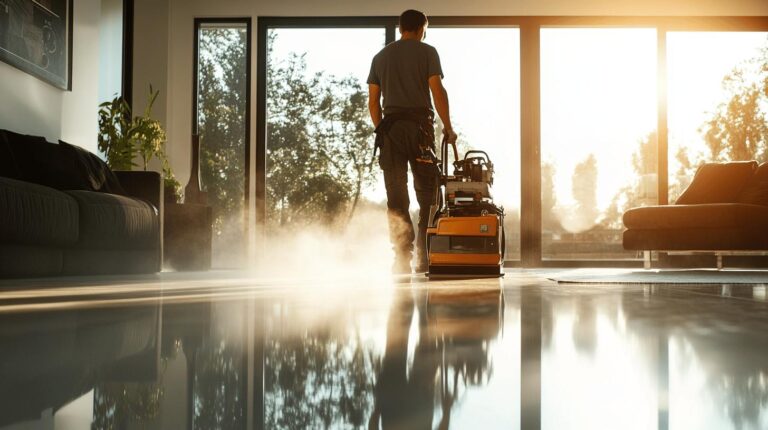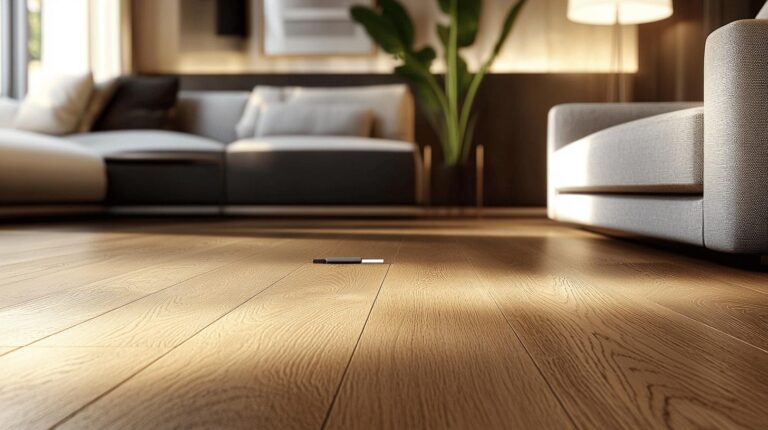Are your floors as fire-safe as required by UK standards? With the Building Regulations 2010 laying down the law, ensuring your floor finishes meet fire safety standards isn’t optional—it’s essential. In the labyrinth of regulation requirements, understanding which materials won’t ignite calamity is crucial. As Ryan, a trusted authority in floor restoration, will tell you, compliance impacts everything from aesthetics to the safety of evacuation routes. Dive deeper into understanding UK building regulations and discover how fire-safe floor finishes can transform your home, combining beauty with safety.
Understanding UK Building Regulations for Fire-Safe Floor Finishes
UK building regulations play a critical role in ensuring the safety and integrity of flooring materials, particularly in relation to fire safety. These regulations are designed to prevent the spread of flames and protect occupants by mandating that floor finishes meet stringent fire safety standards. By adhering to these regulations, property owners and developers can significantly reduce the risk of fire-related incidents, thereby safeguarding lives and property. The overarching aim of these regulations is to ensure that all construction projects incorporate materials and designs that comply with safety compliance requirements, thus promoting safer living and working environments across the UK.
The Building Regulations 2010 and the associated Approved Documents outline specific standards that floor finishes must adhere to in order to meet fire safety criteria. These standards include the use of materials that do not contribute to the spread of fire and are classified according to their fire resistance capabilities. Floor finishes are evaluated based on their ability to withstand fire exposure without igniting or producing excessive smoke, which is crucial in maintaining visibility and air quality during an emergency. By enforcing these regulation requirements, the authorities aim to uphold high building standards and ensure that all construction materials used within the UK are fit for purpose and safe for use.
Compliance with fire safety regulations is particularly vital in areas affecting evacuation routes, such as corridors and stairwells. These areas must be constructed with materials that not only prevent the rapid spread of flames but also maintain structural integrity under fire conditions. This is essential to provide safe and unobstructed egress for building occupants during an emergency. By prioritising safety compliance in these critical zones, building standards ensure that evacuation procedures can be carried out efficiently, thereby reducing the risk of injury or loss of life during a fire event.
Key Fire Rating Classifications for Floor Finishes
Fire rating classifications are essential in determining the suitability of materials used for floor finishes in compliance with UK building regulations. These classifications are designed to assess the fire resistance and behaviour of materials under fire conditions, ensuring that they do not contribute to the spread of flames and enhance overall fire safety. Understanding these classifications is crucial for selecting the appropriate fire-resistant flooring materials for both commercial and domestic properties.
A1-Rated Materials
A1-rated materials are considered non-combustible and provide the highest level of fire resistance among all classifications. This category includes materials like natural stone and concrete, which are inherently fireproof and do not ignite or release toxic fumes when exposed to fire. Due to their superior fire-resistant properties, A1-rated materials are the preferred choice for critical areas where fire safety is paramount, such as evacuation routes and high-traffic public spaces.
A2-Rated Materials
A2-rated materials do not contribute to fire development but may produce some smoke or flaming droplets. These materials, while not completely non-combustible, still offer a significant degree of fire resistance. They are often used in applications where A1-rated materials may not be feasible due to design or cost considerations. Although A2-rated materials are safe for use in many environments, additional safety measures may be required to mitigate smoke production during a fire event.
B-Rated Materials
B-rated materials, often referred to as “no flash over materials,” are considered safe for typical use but may ignite and spread flames under certain conditions, such as direct exposure to sparks or open flames. While they meet basic safety standards, their use is generally limited to areas where the risk of fire is lower or additional protective measures, such as fire-retardant treatments, can be applied. It is crucial to evaluate the specific fire risk of the environment before opting for B-rated materials to ensure they do not compromise the overall fire safety strategy.
Selecting and Applying Fire-Safe Floor Finishes
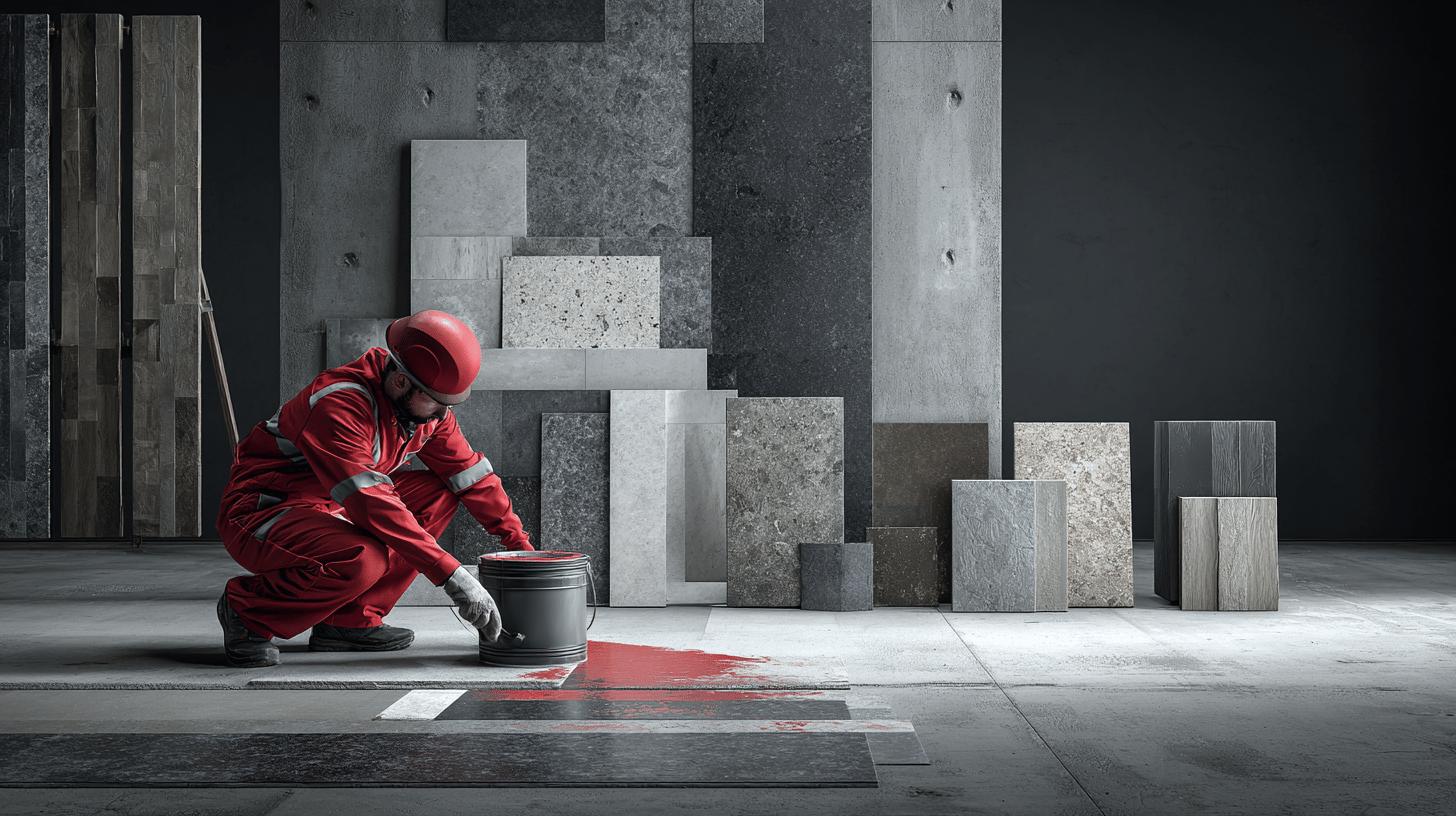
Choosing appropriate fire-safe floor finishes is paramount for compliance with UK fire safety regulations. Materials such as natural stone and concrete are preferred due to their non-combustible properties and high fire resistance. These options not only contribute to safety but also provide durability and aesthetic appeal. When selecting floor covering options, it is essential to consider the specific fire rating classifications relevant to the intended application, ensuring that the materials will not contribute to the spread of flames.
Protective coatings play a significant role in enhancing the fire resistance of floor finishes. Intumescent lacquers, for example, are applied to surfaces to create a protective char layer when exposed to high temperatures. This char layer acts as a barrier, reducing heat transfer and slowing down the combustion process. By incorporating such coatings, the fire resistance of materials that might not be naturally non-combustible can be significantly improved. The choice of protective coatings should be aligned with the material type and the specific fire safety requirements of the building.
Proper application techniques are crucial in maximising the effectiveness of fire-safe floor finishes. Ensuring that materials and coatings are applied according to manufacturer specifications and industry best practices is vital. This includes preparing the substrate adequately, applying the correct thickness of coatings, and allowing sufficient curing time. Inadequate application can compromise the fire resistance of the finishes, potentially leading to non-compliance with safety standards. Regular inspections and maintenance are also essential to uphold the integrity of the fire-safe finishes over time.
Certification and Compliance for Fire-Safe Floor Finishes
Certification is crucial for ensuring that floor finishes adhere to fire safety standards as mandated by UK building regulations. It provides a reliable measure of a product’s performance under fire conditions, ensuring that it does not contribute to the spread of flames or produce hazardous smoke. Recognised bodies are responsible for testing and certifying materials, guaranteeing that they meet the necessary fire resistance criteria. These organisations conduct rigorous evaluations to verify that the floor finishes are capable of maintaining safety and integrity during a fire, thereby fostering trust and compliance within the construction industry.
Compliance documentation is a vital component of ensuring that fire-safe floor finishes meet legal and safety requirements. This process involves several key steps that must be followed to achieve proper certification and compliance.
- Product testing to verify fire resistance.
- Obtaining certification from recognised authorities.
- Preparing compliance documentation.
- Regular audits to maintain standards.
.
By completing these steps, developers and property owners can ensure their flooring solutions are in line with code compliance, providing peace of mind and safeguarding against potential fire hazards.
Industry Insights: Innovations in Fire-Safe Flooring Materials
Recent advancements in fire-safe flooring materials have increasingly focused on the integration of eco-friendly and sustainable solutions that do not compromise fire safety. This trend reflects a growing demand within the construction industry for materials that contribute positively to environmental goals while still adhering to stringent fire safety standards. The development of these materials allows builders and designers to embrace sustainability without sacrificing the necessary protection against fire hazards, meeting both ecological and safety needs.
Examples of these advanced materials include new composite materials that combine fire resistance with sustainable attributes. These materials often incorporate recycled content, reducing environmental impact while maintaining high levels of fireproofing. Additionally, innovations such as fire-retardant-treated wood and bio-based resins are gaining traction, offering natural and renewable options that provide effective fire resistance. These solutions not only enhance safety but also contribute to the overall sustainability of construction projects, aligning with broader environmental objectives.
Final Words
In navigating the complexities of the UK’s fire-safe floor finishes, understanding and adhering to building regulations is crucial.
The importance of fire rating classifications ensures safety, while selecting appropriate materials like stone or concrete, reinforced with protective coatings, enhances fire resistance.
Certification and compliance are essential steps to meet building and safety requirements, involving a thorough process of testing and documentation.
Innovations spotlight eco-friendly, sustainable solutions that achieve both safety and environmental goals.
Prioritising these aspects guarantees that fire-safe floor finishes meet UK building regulations, safeguarding environments and compliance effectively.
Ask about fire-safe finishes → Commercial Floor Restoration
FAQ
What are fire-safe floor finishes meeting UK building regulations?
Fire-safe floor finishes in the UK must comply with fire safety standards set by UK Building Regulations. These finishes should not contribute to flame spread. Approved Document B provides details on compliance.
What is the 11m rule in Building Regulations?
The 11m rule refers to height restrictions for certain building elements to enhance fire safety. It affects material choice and fire safety measures for buildings exceeding 11 metres in height.
What does Regulation 38 in Building Regulations entail?
Regulation 38 requires that fire safety information be provided to building owners and end-users. It ensures all necessary fire safety measures and precautions are documented and communicated effectively.
Which approved document of Building Regulations relates to fire safety?
Approved Document B relates to fire safety. It outlines the requirements and standards necessary to ensure the building design and materials used comply with fire safety regulations.
What is Regulation 7 of the Building Regulations?
Regulation 7 concerns the materials and workmanship used in construction. It demands that materials used, including floor finishes, be suitable, durable, and safe, complying with relevant fire safety standards.
What are the key fire rating classifications for floor materials?
Floor materials have three main fire ratings: A1 (non-combustible, highest resistance), A2 (no fire contribution, may smoke), and B-rated (safe but can spread flames under some conditions).
How are fire-safe floor finishes certified for compliance?
Certification involves product testing, obtaining certificates from recognised bodies, preparing compliance documentation, and conducting regular audits to maintain standards.
What are some innovations in fire-safe flooring materials?
Innovations include eco-friendly and sustainable materials that meet fire safety standards. These materials offer fire resistance and environmental benefits, suitable for sustainable construction projects.
